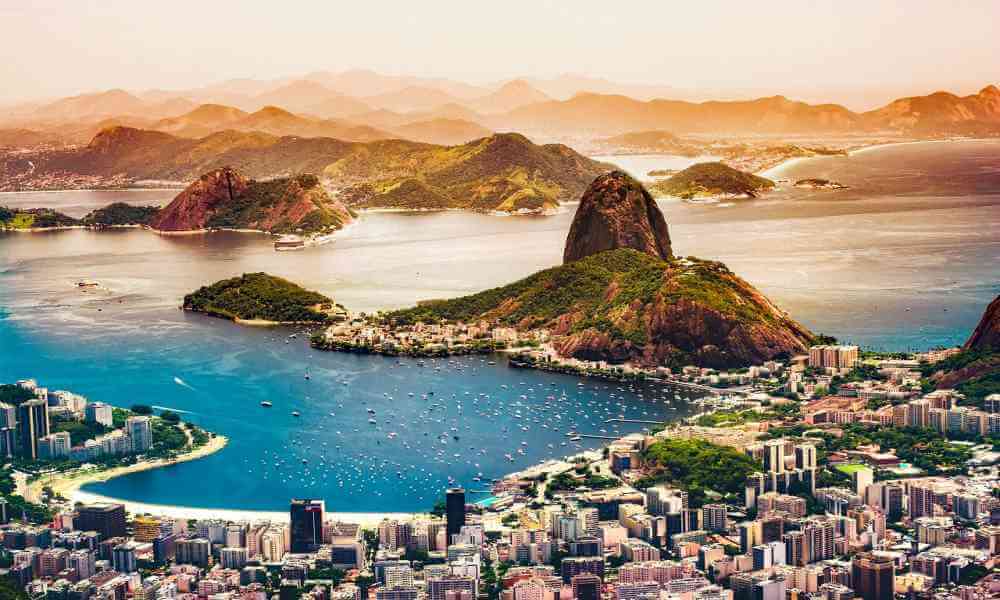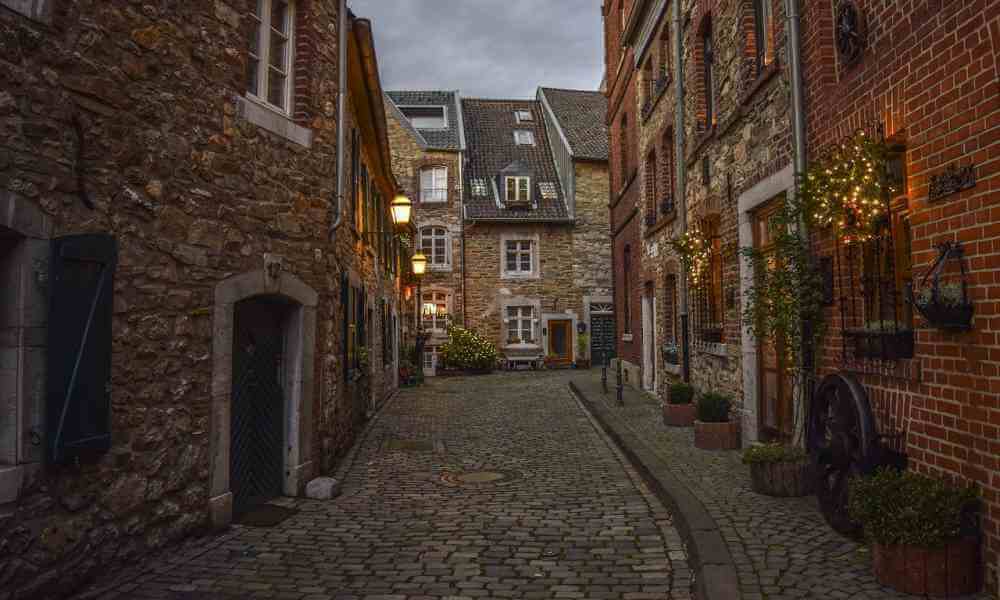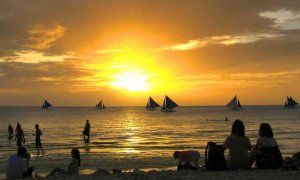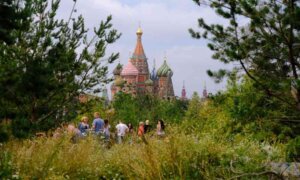Special Interest Tourism (SIT): We are human being and we need change in our life. The change is also a law of nature. We often replace our clothes, shoes, gadgets, home appliances, utensils etc with new one. We do not eat the same food daily; we change it with new taste and recipe.

We change the mode of our entertainment from TV to home theatre and finally PVR. We replace our car with some latest version focusing on color, comfort, size and mileage. Similarly, it happens with the destination also. Being a tourist we cannot visit the same destination many times for a single motive and we are forced to visit some other destination for some other reason.
It may be possible that the same destination may offer some different taste to traveler in his/her next visit but it is quite possible that the same traveler will hardly repeat the destination. The destinations have a challenge to attract tourists the manner in which it used to attract in the past.

There are various examples in which destinations have become saturated and started losing visitors day by day. The law of change says that those who would not adjust with the changing scenario will hardly sustain. So, it has become a challenge in front of destinations to introduce new attractions and facilities for visitors to sustain and survive in the tourist market.
Concept of Special Interest Tourism (SIT)
The researchers have done a lot of home work in investigating the impact of different types of tourism and tourist on a destination. They have concluded that the emergence of new form of tourism and SIT has influenced tourism industry, its nature and setting and its overall impact on tourist and host community.
On the issue of sustainability, the world has configured it into good and bad tourism. The example of good tourism is alternative tourism, responsible tourism, niche tourism, special interest tourism, new form of tourism. The example of bad tourism is mass tourism. Because of its conventional and large scale participation it is undesirable form of tourism and has attracted a lot of criticism for spreading negative impact in the host society.
The common example of mass tourism is all the forms of package tours and tours conducted by buses and trains carrying a lot of travelers with meager expenses. There is no full proof review is available who can say that yes it was the main reason behind the emergence of SIT. There are two philosophies running parallel and is claiming the reason behind SIT.
The first philosophy says that the SIT has been conceptualized because of the negative impacts of mass tourism or conventional tourism. It protects the destination in terms of carrying capacity and resources so that destination can sustain for a long time and may give benefit to those who are directly or indirectly associated with it.
The second philosophy put stresses that SIT is not a new concept but it is synonym to sustainable tourism, green tourism, eco tourism, cycle tourism, niche tourism, wilderness tourism and many more. This type of tourism requires less man made facilities and tourist has to enjoy the destination without harming it by compromising with the services.
Features of Special Interest Tourism
SIT similar to other tourism product is an amalgam of both tangible and intangible products. Like other tourism destinations, it has the same tendency to attract tourists. The travelers are attracted towards the physical attributes, culture, history, monuments etc. of the destination.

The problem with this approach is that it focuses on the tangible form of tourism and the rest things like host community and environment which play a crucial role in tourist inflow is totally ignored. SIT talks about new places and new experience associated with. Being a destination SIT must offer something new which is not available elsewhere and this distinction makes it a unique.
SIT as a destination has been associated with brand image to attract tourists. Like the distinguished feature of the destination can be marketed for destination promotion. Tulip Garden in Kashmir can be offered for eco lovers, orchids in Sikkim can be marketed as a brand image for eco tourists, Rishikesh as a religious shrine can be marketed as a place of mental peace and many more destinations can be used as a resource for SIT.
History, Characteristics and Motivation for Special Interest Tourism
The existence of SIT finds its root in the era of Grand Tour when the noble families in Rome used to visit some designated area but as a phenomenon, this concept is relatively new and can be traced its history in 1980. SIT is denoted by various other names like new age tourism, niche tourism.
It is also promoted by some other names like alternative form of tourism, responsible form of tourism, sustainable form of tourism, appropriate form of tourism and ethical tourism. SIT also promotes cultural tourism, nature tourism, educational tourism, sports tourism, health tourism, agri tourism or green tourism as an interest-based tourism which is similar to SIT.
There are certain issues on the name of SIT because intellectuals are very much concern and raises question like SIT means what? Does it talk about quality or a type of attraction/destination whose end result is mass tourism? There are some scholars who are advocating that SIT is an individualized travel whose nature is non commercialization and tourists are participating just for experiencing something new and their emotional attachment.
The scholars have identified two important characteristics of SIT travelers. First, such travelers need novel, genuine and quality tourist experience and second their primary motive and decision making behind the journey is SIT, thus defining it as a new term called serious leisure. The tendencies of such travelers are that they are hard core leisure seekers and are having the nature of self-actualization, making interaction with local people, belongingness, self-expression, self-renewal, self-enrichment etc.
SIT is an activity which requires segmentation. The tourist and tourist destinations both are needed for its characterization. The destinations are required to go for SWOT analysis for its existing resources and on the basis of them they need to market their product. The same is applicable to the travelers also because they are also required to make their segment and understand their motive for visiting.
On the basis of one’s need, travelers can opt any form of SIT. The segmentation will help industry people to identify the need and may formulate package tours for their target group/market. The target market may be a place and a target group can be a male or female, of any age, a consumerism, young, child or senior citizen, employee, hobby, nature and many more.
Special Interest Tourism (SIT)




